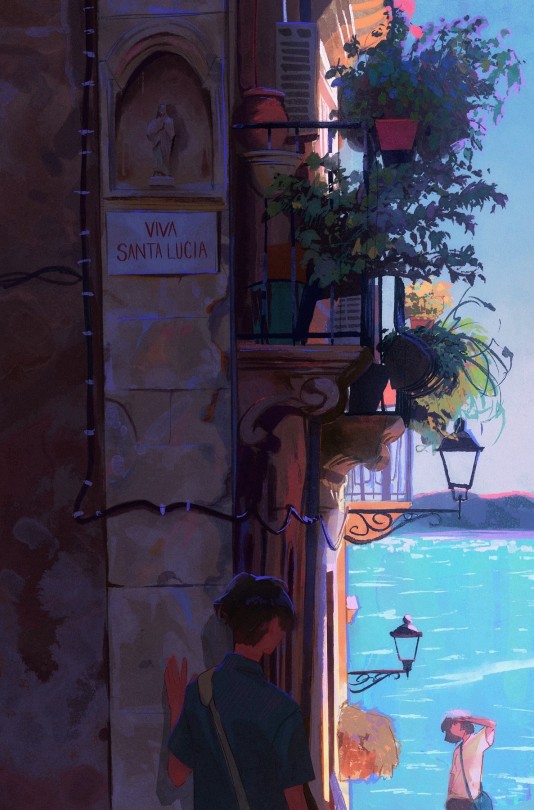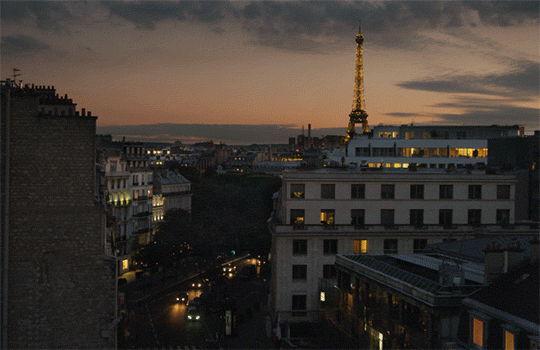Text




Virgil's tomb (Italian: Tomba di Virgilio) is a Roman burial vault in Naples, said to be the tomb of the poet Virgil (70–19 BCE). He composed three of the most famous poems in Latin literature: the Eclogues (or Bucolics), the Georgics, and the epic Aeneid.
Virgil was the object of literary admiration and veneration before his death. In the following centuries and particularly in the Middle Ages his name became associated with legends of miraculous powers and his tomb the object of pilgrimages and pagan veneration.
At the time of Virgil's death, a large bay tree was near the entrance. According to a local legend, it died when Dante died, and Petrarch planted a new one; because visitors took branches as souvenirs the second tree died as well.
When Virgil died at Brindisi in 19 BCE, he asked that his ashes be taken back to his villa just outside Naples. There a shrine was created for him, and sacred rites were held every year on his birthday. He was given the rites of a hero, at whose tomb the devout may find protection and counsel. Virgil's tomb became a place of pilgrimage for many centuries, with Petrarch and Boccaccio being among those who visited the tomb.
The tomb still contains a tripod burner originally dedicated to Apollo. There are no human remains in the tomb, however, as Virgil's ashes were lost while being moved during the Middle Ages.
35 notes
·
View notes
Photo

“Stop! Here lies the empire of death.” Seen in the Paris Catacombs.
35K notes
·
View notes
Photo

MARSY, Gaspard
The Horses of the Sun
1668-75
Marble
Apollo Grotto, Versailles
10K notes
·
View notes
Photo

p- Warren +Nick
s- philip delamore and alex box
2K notes
·
View notes
Text

Thomas Tucher, compass book, c. 1620. Nuremberg, Germany.
905 notes
·
View notes
Text

The house keeps its own secrets.
Based on my illustrated gothic horror series, the Deephaven Mysteries! The first book is on shelves now, with a new mystery coming this September that you can preorder wherever you get books!
6K notes
·
View notes
Photo

christian lacroix in fabulous frocks - jane eastoe + sarah gristwood (2008)
132 notes
·
View notes
Text

Gérard de Lairesse
Apollo and Aurora
1671
Oil on canvas, 205 x 193 cm
Metropolitan Museum of Art, New York
87 notes
·
View notes
Photo
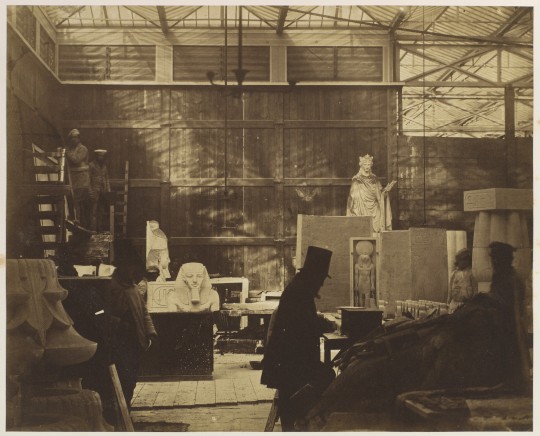
[Storeroom with Artisans and Plaster Casts, Crystal Palace]. 1852.
Credit line: David Hunter McAlpin Fund, 1952
https://www.metmuseum.org/art/collection/search/269619
40 notes
·
View notes
Text
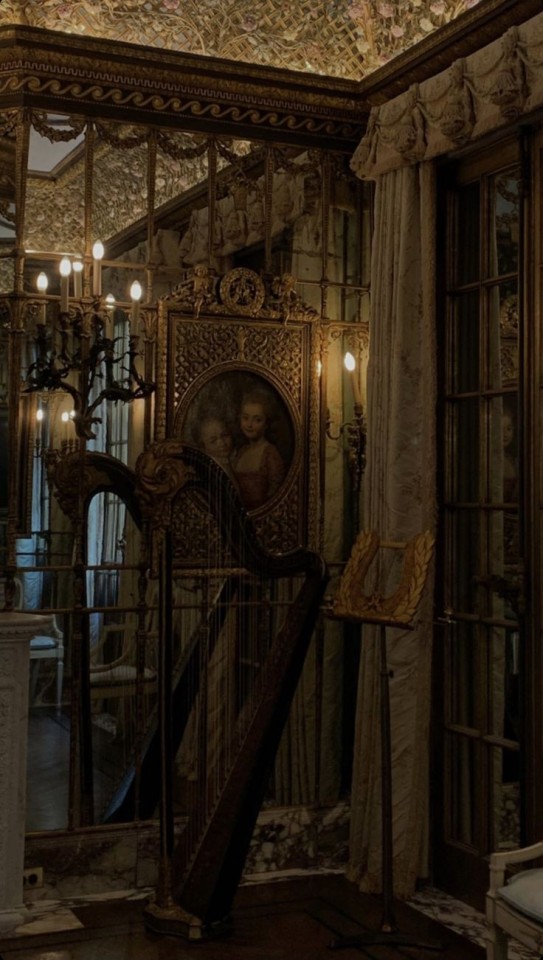



Sometimes, you read a book and it fills you with this weird evangelical zeal, and you become convinced that the shattered world will never be put back together unless and until all living humans read the book.
— John Green.
3K notes
·
View notes
Text
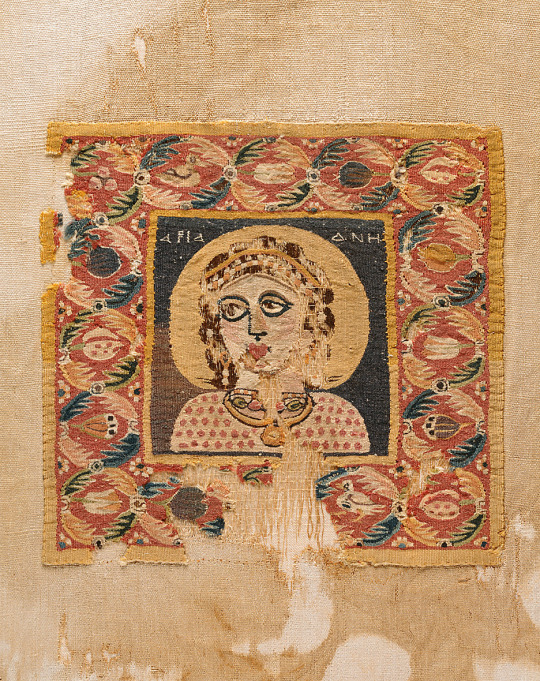

~ Ariadne and Dionysus.
Period: Late Roman/Late Antiquity
Date: A.D. 3rd-5th century
Place of origin: Achmim, Egypt
Medium: Wool on linen, colored knitting
1K notes
·
View notes







